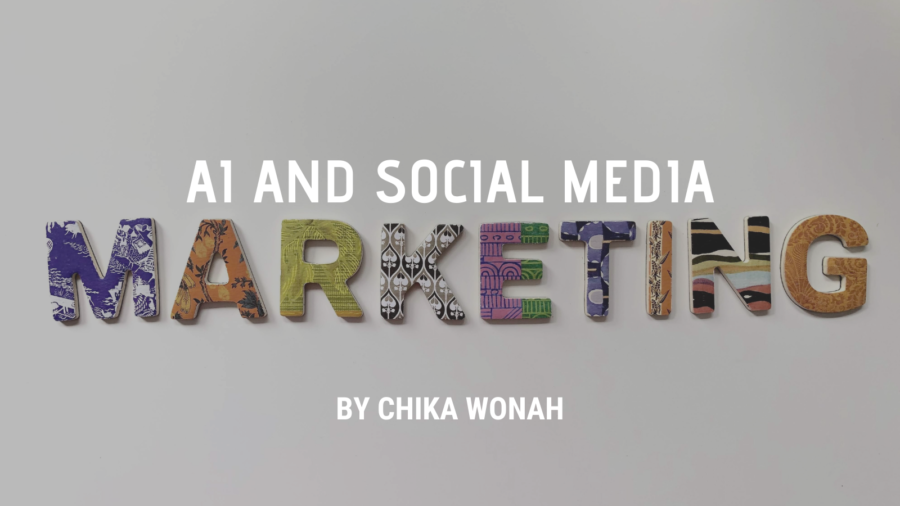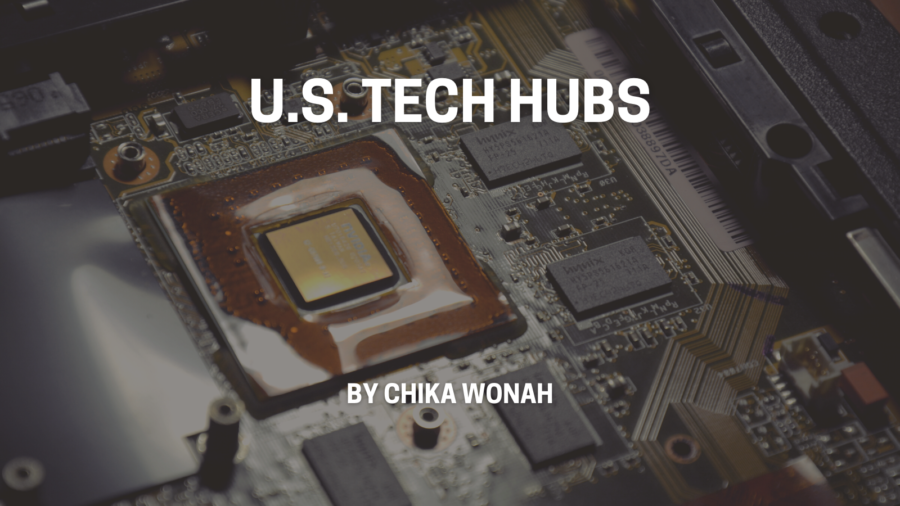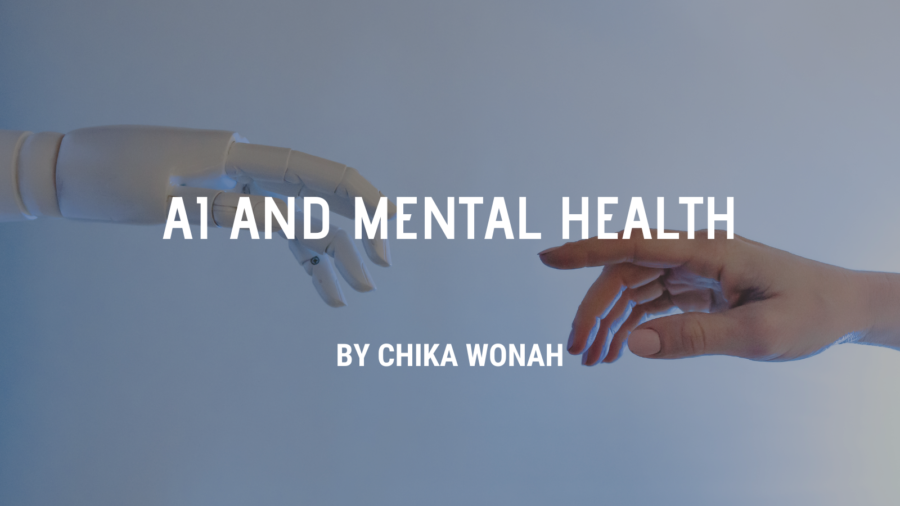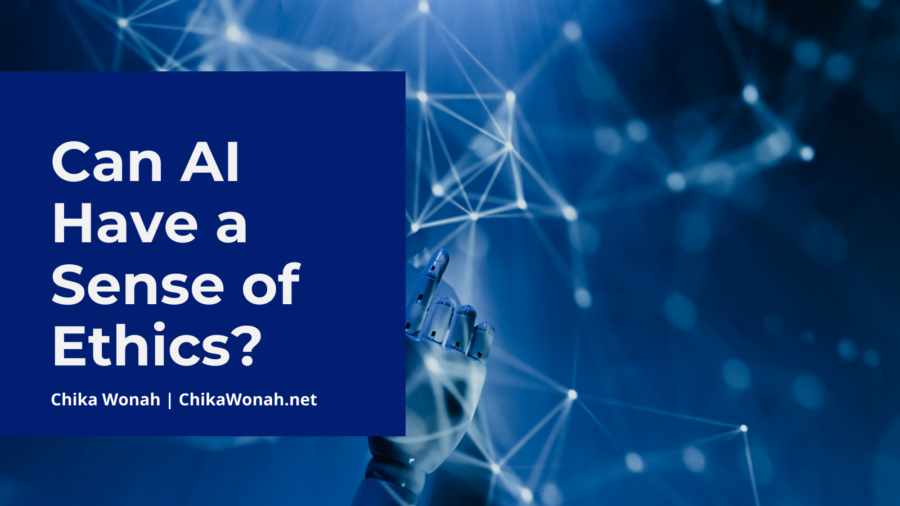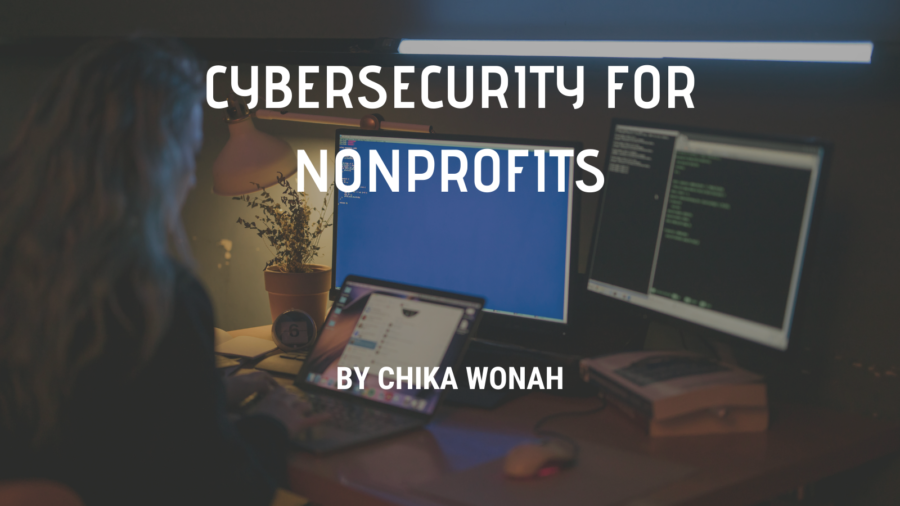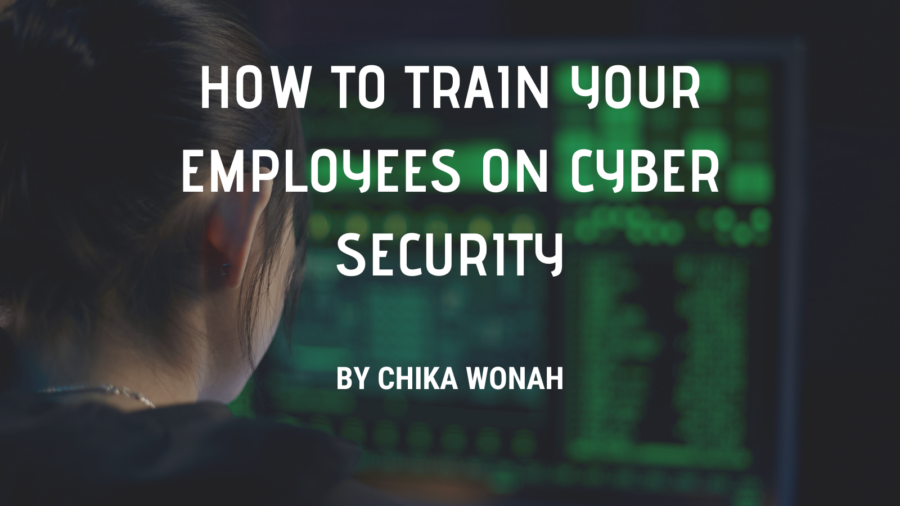The use of Artificial Intelligence in social media marketing has immensely helped improve and fasten marketing jobs. It helps in navigating transformation and optimizing customers awareness. Introducing new technology is frightening, but Artificial Intelligence has proven its worth with the benefits it has brought about.
Artificial Intelligence provides insights through analyzing social data. When the data is properly put in the application, it allows Artificial Intelligence social media scanning tools to help you find new audiences to target and spot promising new paths for social media promotion. It’s sensible to acknowledge recent trends as well as analyze customer interests.
Merits of Artificial Intelligence in social media
Intelligent marketing strategy
It’s important to understand the significance of advertising. It requires the support of social media crusade. Artificial Intelligence enables intuitive analysis of your business, and the customers found online. The use of Artificial Intelligence utilizes data available to get more possible customers. The ads that appear more times increase the sales, enhancing the brand.
Enhanced customer intelligence
The key to marketing productively is researching and understanding your customers’ wants and needs. Artificial Intelligence helps in learning and understanding customers precisely. Human beings will take a considerable amount of time to understand customers’ behaviors, while Artificial Intelligence is accurate and fast.
Artificial Intelligence offers strong security on social media platforms. It has features such as authentication and pattern detection, and these features offer protection to private information and user data. It also helps in identifying brands’ new ideas and opinions. It’s able to get positive or negative phrases in a post.
High audience participation
Through Artificial Intelligence, a lot of companies and businesses get to understand their customers much better and know what these customers prefer. When a business gets this, they will form content that will catch the interest of many and drive them to buy or access the service of the business.
Decreased marketing costs
Artificial Intelligence helps to automatically perform tasks that take a lot of time and give tension to your team. It helps you minimize your human resources to your operations, leaving you to focus on the ad budget. The results will impress you and contribute largely to revenue growth.
Suppose you have a company whose goal is to connect with customers and promote your brand. In that case, Artificial Intelligence can boost your strategy enabling your company to move from one level to another, giving you great profits. It’s very simple to start using Artificial Intelligence.

